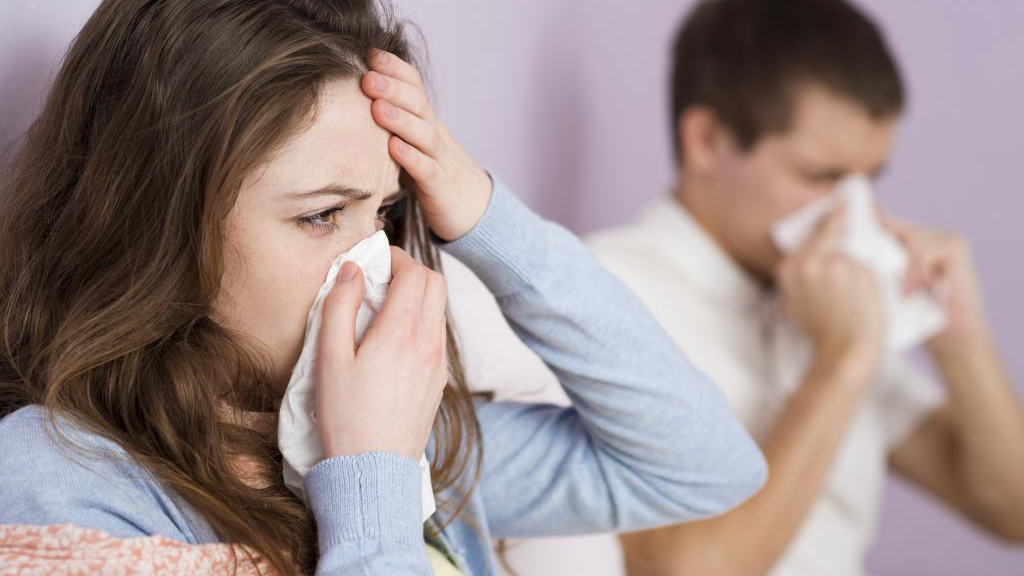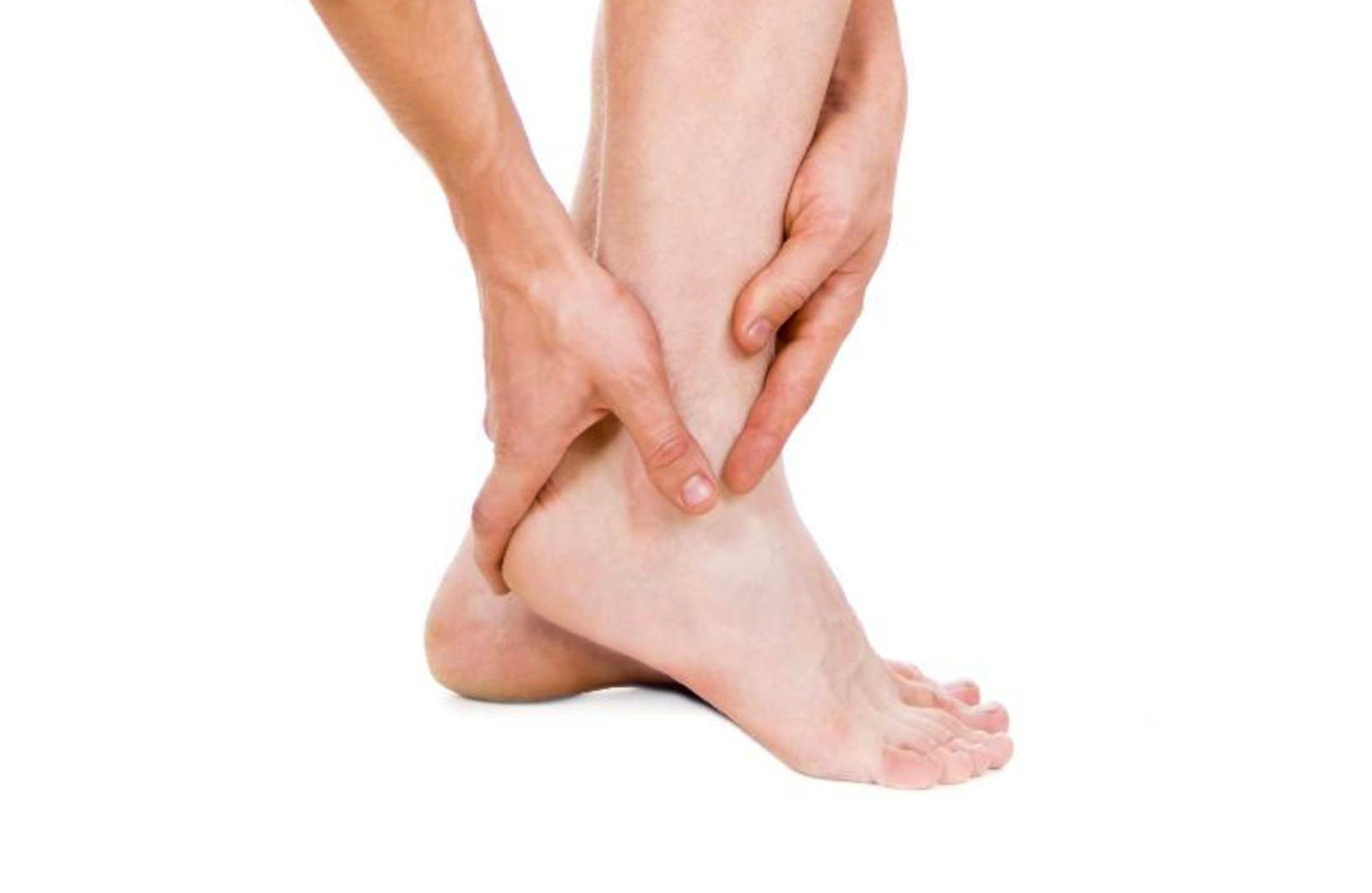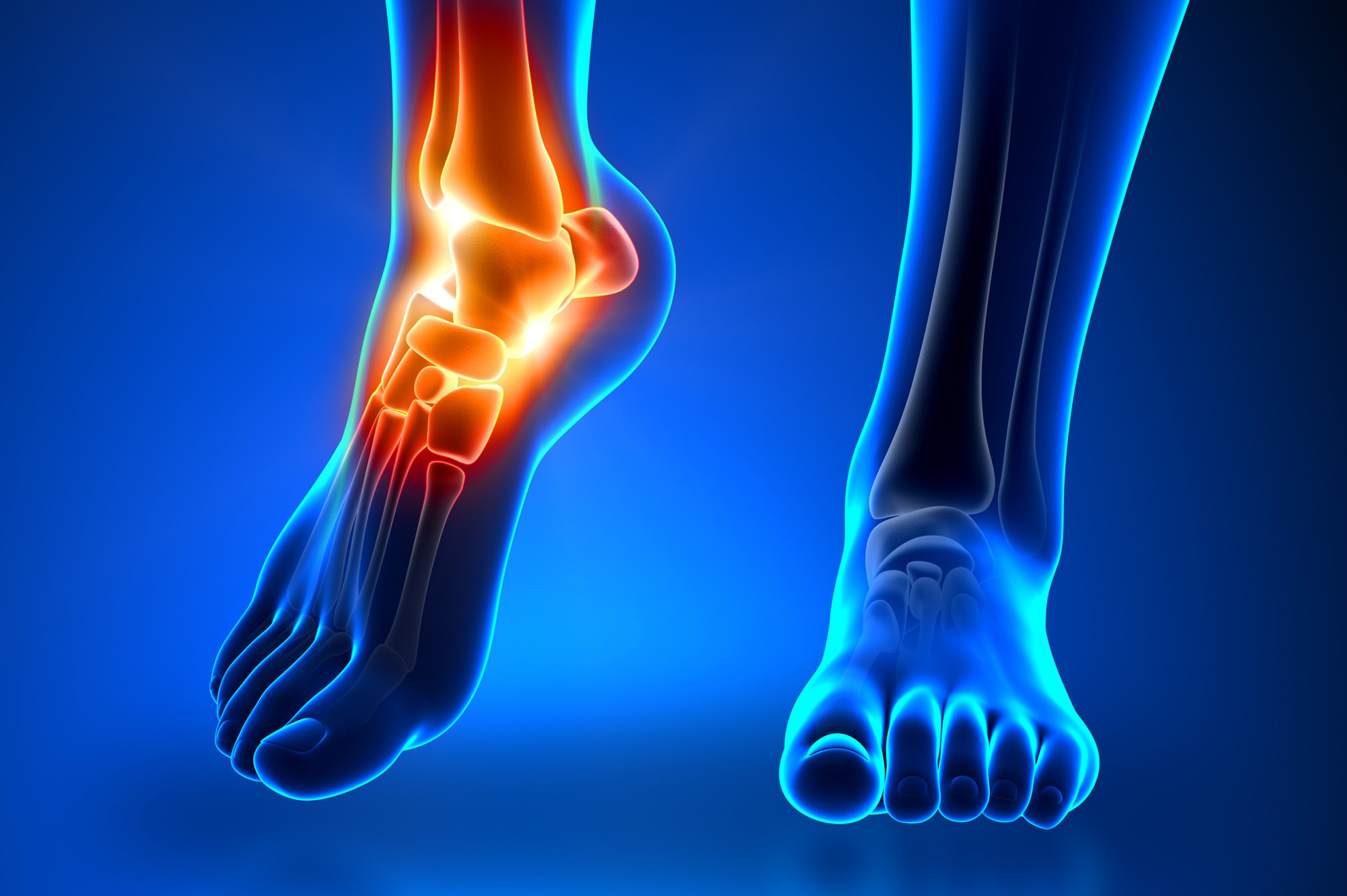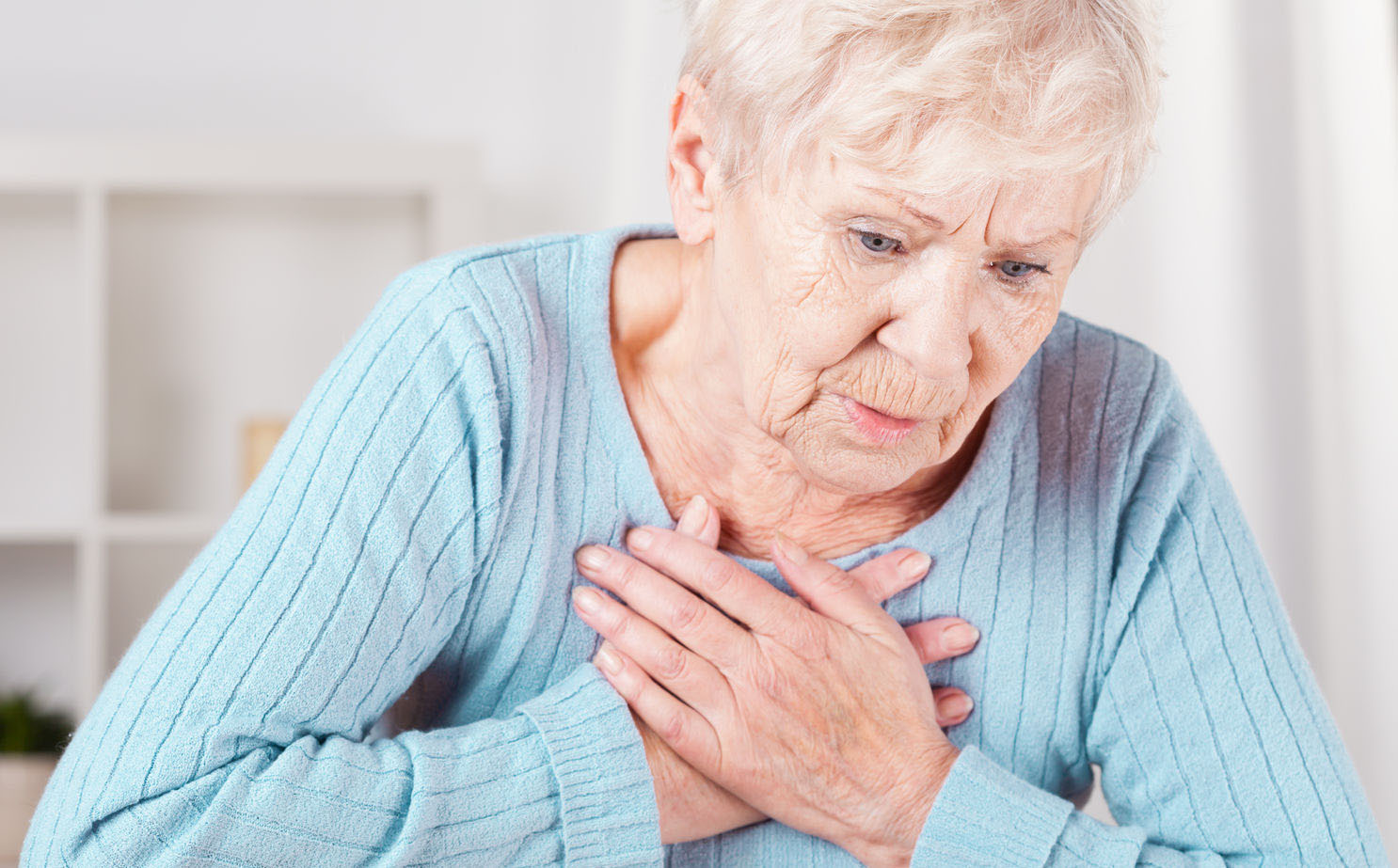[et_pb_section bb_built=”1″][et_pb_row][et_pb_column type=”4_4″][et_pb_text _builder_version=”3.13.1″]
The treatment of the patient is based on education, since it has been found that the lack of information, as well as the little confidence in recovery, is one of the factors of poor prognosis in the evolution of acute low back pain.
It is necessary to explain to the patient what happens to him, what the treatment is and what will be the most probable evolution, together with the postural measures and recommended exercises as well as other hygienic measures such as losing weight.
MEASUREMENTS:
Acute phase. 1st.- 4th. day
- Absolute bed rest for 2 or 3 days. The patient will only get up to go to the bathroom. Stay in semi-fetal or supine position with a thin pillow on the head and legs flexed with a cushion under the knees. Carry out stimulation of legs and feet to avoid vascular problems.
- Cryotherapy if the onset of pain is less than 48 h. The indication is to introduce ice in a plastic bag and keep it moving on the affected region, for periods of 10 min, 3 or 4 times a day.
- Local heat in the painful area. It is frequently used to reduce pain after the first 48 hours. The recommendation is to apply moist heat for 15 to 20 minutes, every 2 hours. The heat should not be applied directly to the skin because it can cause burns.
- Analgesics or non-steroidal anti-inflammatories and muscle relaxants.
If there is radicular involvement, prolong rest for up to 7 days and perform a follow-up consultation where the patient will be re-evaluated and indicated with a simple Rx:
Rx without evaluable alterations: prolong rest 15-20 days, insist on treatment with analgesics-NSAIDs, muscle relaxants, vitamin therapy and natural and traditional medicine.
- Rx with radiological alterations: act according to cause.
- Follow-up consultation if root affectation at 15-20 days.
- If there is improvement: move to the recovery phase.
- If there is no improvement: reassess the patient and request a CT scan:
- CT with root compression congruent with the clinical picture: refer to orthopedics and traumatology.
- CT without root compression: reassess the patient (history and complete exploration) and if there is no new significant clinical data perform basic psychosocial assessment.
Recovery phase. 4th-10th. day
- During this stage, unless exceptionally good evolution, the patient will not be incorporated into their usual life but will perform a relative rest.
- Walks from 20 to 30 min 3 times a day.
- If there is radicular affectation: special efforts (lifting weights, maintained posture, long trips, among others), for 1 month will be avoided.
- If there is improvement: move to the prevention of recurrences phase.
- If there is no improvement: request a lumbar Rx and treat the patient as a persistent low back pain.
Recurrence prevention phase
The first episode of acute low back pain tends to spontaneous recovery, although recurrence in most cases. Therefore, in the treatment, so much emphasis must be placed on measures aimed at preventing relapse as in curative ones.
The patient should be instructed in:
- Postural hygiene rules
- Exercises to strengthen the stabilizing muscles of the lumbar spine (iliac, transverse abdominal, multifidus and spinal erector), as aerobic exercises on a regular basis: walking, walking, jogging or cycling.
Specialized consultation
Urgent referral to orthopedics and traumatology: patient with signs of tumor, infection or fracture in Rx, persistent severe sciatic pain despite conservative treatment, relapsing and incapacitating episodes of sciatica or other neurological signs such as:
- Suspected injury to the horse’s tail.
- Progressive motor weakness.
- Existence of marked motor weakness.
- Suspected multiple root affectation.
- Lumbociatalgia above L5.
- Lumbociatalgia that affects multiple roots or is progressive.
Learn more about your health and well-being at Pharmamedic.
[/et_pb_text][/et_pb_column][/et_pb_row][/et_pb_section]







